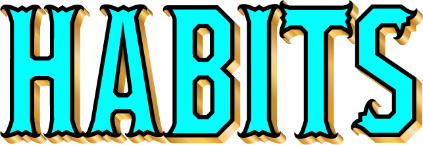





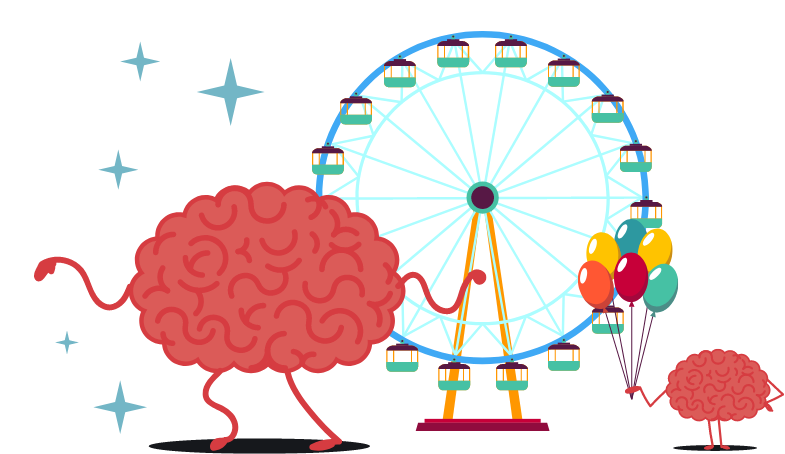

The areas of the brain that control impulse and judgement can put adolescents and young adults on a bumpy ride towards problem gambling, and change the brain in ways that make quitting difficult.
Take the ride
The Ventral Striatum, the reward-seeking network in the non-addicted brain, is kept in check by pre-frontal cortex, which applies the brakes to stop thrill-seeking. Inconsistencies in applying the brakes in the immature brain can quickly result in less pleasure from natural rewards and increased seeking of unnatural rewards such as gambling or substances.
Take the ride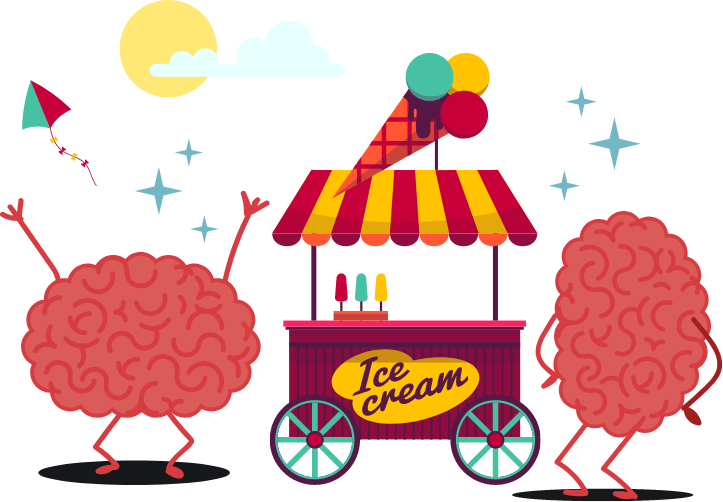
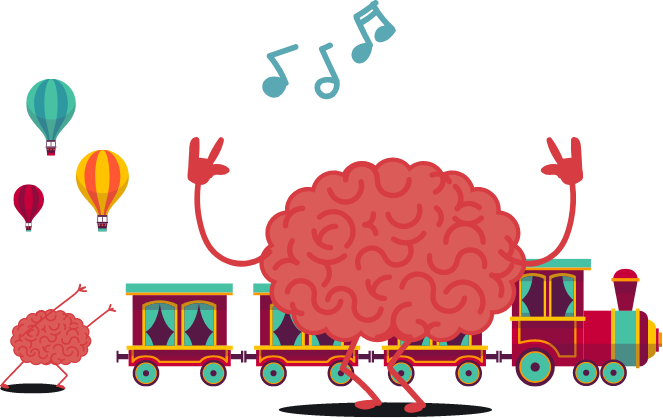
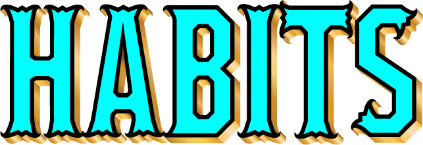
When we over-engage in pleasurable behaviors, brain activity shifts from away from the Ventral Striatum “Reward Hub” to the Dorsal Striatum ‘Habit Hub’ and new problem gambling habits begin to form. These habits change the brain in ways that contribute to problem gambling.
Take the ride
Habits formed by problem gambling contribute to increased focus on gambling-related cues—sights, sounds and other reminders that cause urges to gamble. The brain’s reward network learns to associate pleasure with gambling-related cues, and less pleasure from natural cues, making it difficult to end problem gambling.
Take the ride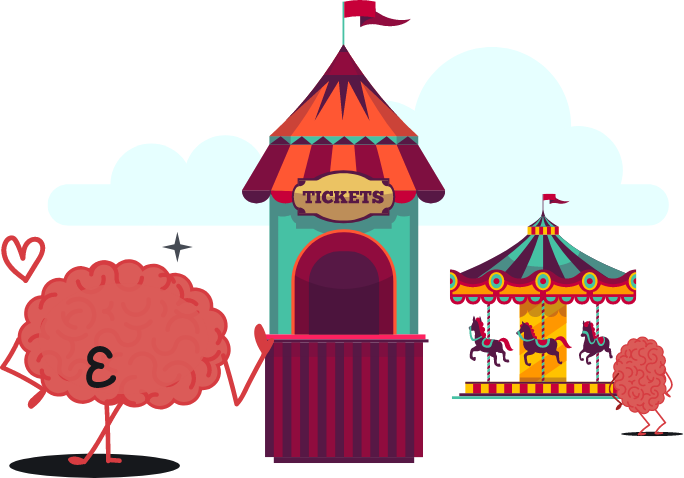
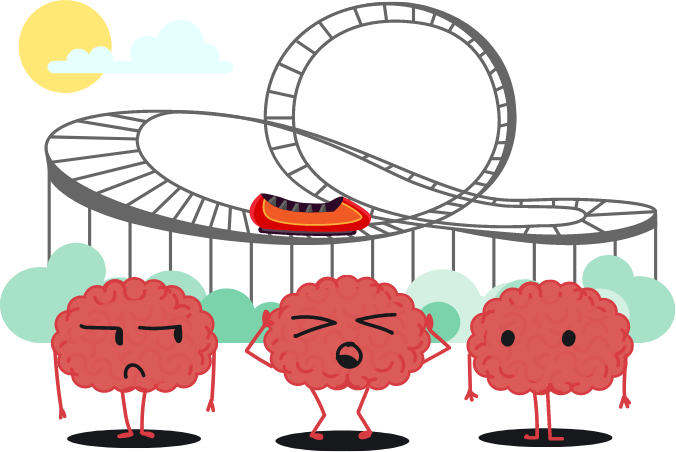

Unable to find pleasure in natural cues, young adults and adolescents can quickly fall into depression and shame due to the stressors that result from problem gambling. This can change the brain’s natural mood baseline and contribute to continued problem gambling.
Take the ride
The brain’s ability to change gives hope to individuals who gamble. With abstinence and behavioral interventions, the brain can again find pleasure in natural cues, and reset the brain’s reward & habit hubs to help end problem gambling.
Take the ride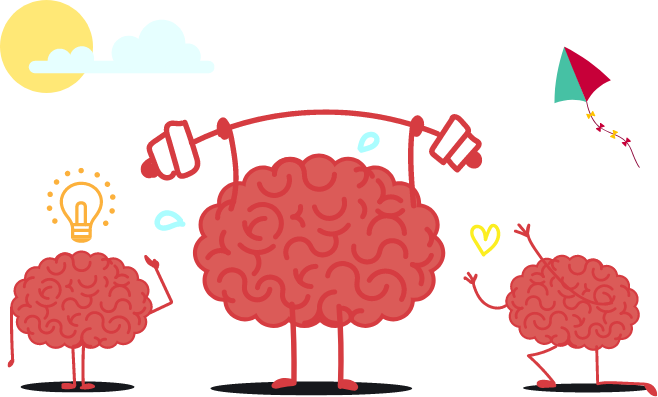

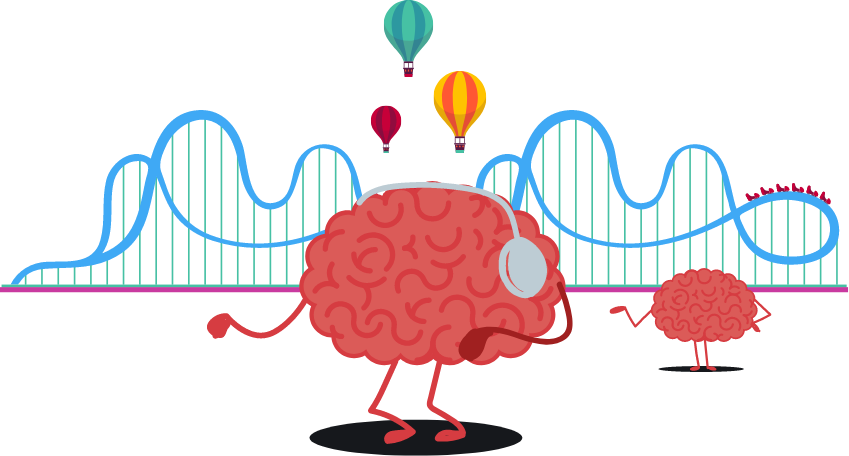
The development of the brain lasts through early adulthood, and the region of the brain that controls judgment and impulse, is the last to develop. This makes adolescents more vulnerable to forming addictions.
Take the ride

